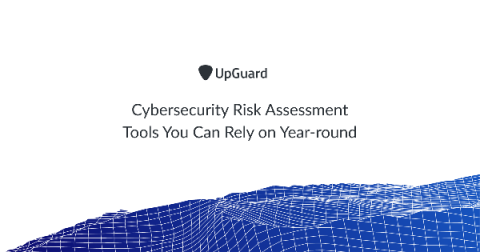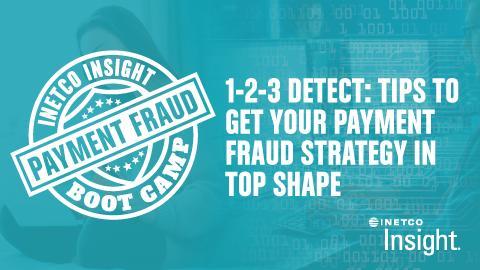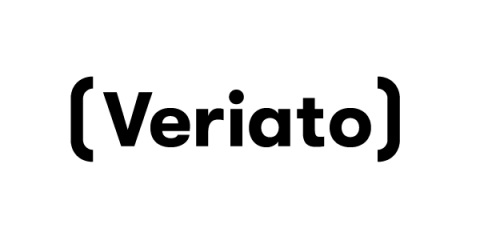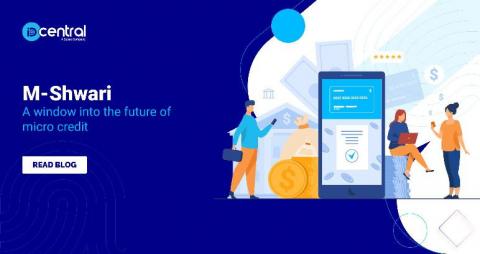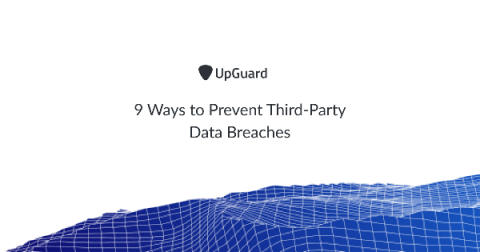The COVID-19 Pandemic Dominates the Cybersecurity World
Cybersecurity is not a static world. You can say that it is a social system, it affects and is affected by its surrounding environment. For example, back in 2018, it was the GDPR that shook the foundations of security and privacy by making the protection of our personal data a fundamental human right. But that was then. What is shaping today’s cybersecurity? This is the question that the Infosecurity Magazine State of Cybersecurity 2020 report investigates.





